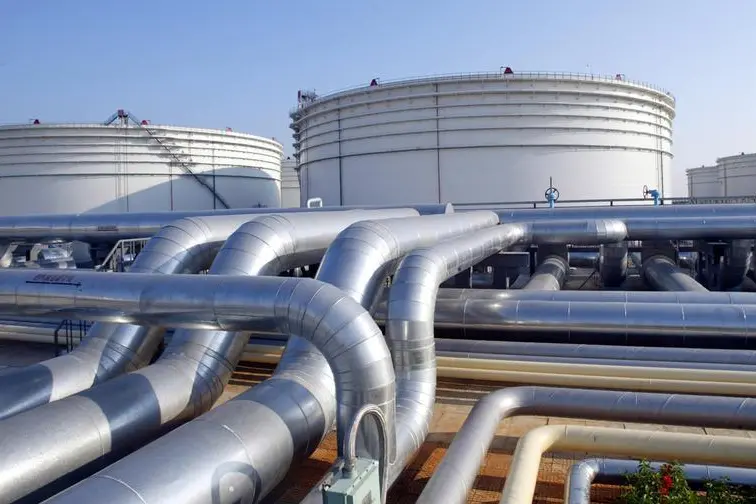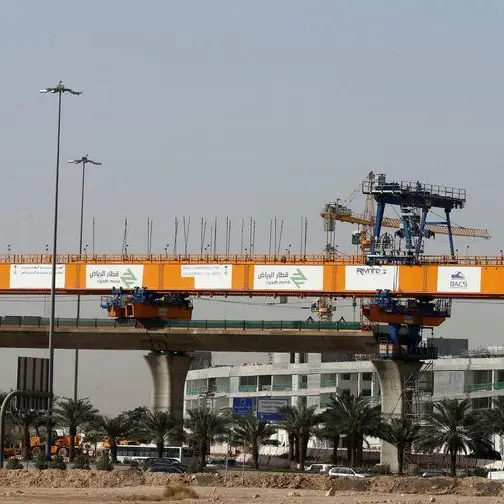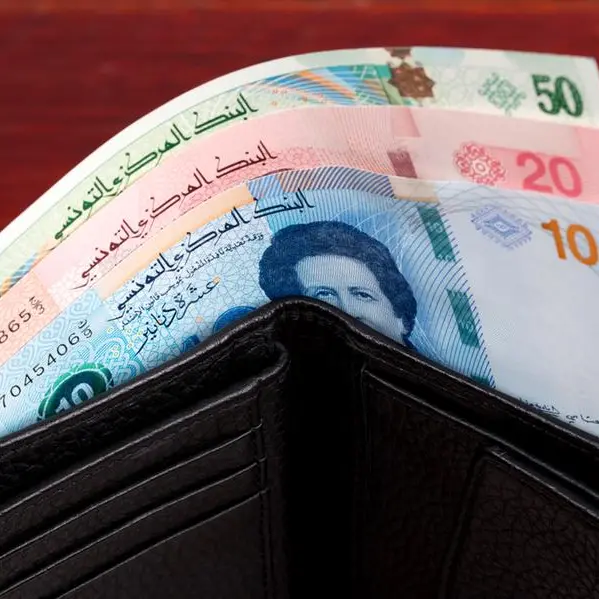PHOTO
By Clyde Russell
LAUNCESTON, Australia, Jan 16 (Reuters) - There is little doubt China's crude oil imports enjoyed a robust 2016, hitting a record high. The question is how long the party can continue
Customs data released on Jan. 13 showed Chinese imports of crude reached 36.38 million tonnes in December, or 8.57 million barrels per day (bpd), the most in a month and well above the previous mark of 8.04 million bpd set in September.
For the year crude imports were 13.6 percent higher at about 7.6 million bpd.
In volume terms this represents a gain of about 912,000 bpd, showing that China is still by a large margin the major driver of global growth in crude oil demand.
To put that figure in perspective, Asia's other major source of oil demand growth is India, where crude imports were about 4.3 million bpd in 2016, up 7.5 percent or about 300,000 bpd from the prior year.
The International Energy Agency estimates global oil demand growth was about 1.4 million bpd in 2016, not much more than the combined growth in imports of China and India.
China appears poised to continue its recent strength in crude imports, with state-owned major China National Petroleum Corporation (CNPC)
CNPC estimates net crude oil imports in 2017 will be around 7.95 million bpd, about 350,000 bpd higher than last year, still significant growth but down from the breakneck pace of 2016.
Another key to the outlook for China's crude demand is how much the smaller, private refiners know as teapots will be allowed to import.
It's possible their import quotas may be adjusted lower as they weren't using the full amounts last year, but this may be offset by more quotas being granted to operators previously barred from directly importing crude.
Export quotas for products will also be important, because if both state majors and teapots can export more refined fuels, they may import more crude, especially if margins for key products such as diesel and gasoline remain robust in Asia.
China's fuel exports reached a record 5.35 million tonnes in December, and for the whole of 2016 they rose by one-third to 48.3 million tonnes, equivalent to about 1.06 million bpd.
This broadly suggests China's additional imports of crude oil were simply processed and exported as refined products.
This is backed by calculations of China's apparent demand, which in the first 11 months of last year was 11.07 million bpd, down 0.9 percent, according to price reporting agency Platts.
STORAGE QUESTION MARK
Another factor to consider is how much of China's crude imports are flowing into strategic or commercial storage.
Data for this isn't released officially, and the best way to estimate it is to look at the difference between the amount of crude processed by refiners and the amount of crude available from domestic output and net imports.
December data isn't yet available, but for the first 11 months of the year that figure was about 31.85 million tonnes, equivalent to about 694,000 bpd.
The level of crude imports will also be influenced by domestic oil output, which has been declining, dropping by 6.9 percent in the first 11 months of 2016 compared to the same period a year earlier.
There is no guarantee this will continue, especially if higher crude prices make it more economically viable to invest in exploration or life extension for existing wells.
But China's domestic production does appear to be on a declining trend, meaning imports will have to make up any shortfall in local output.
Another consideration in looking at prospects for China's crude imports this year is how successful OPEC and its allies outside the producer group will be in cutting output and driving up prices.
Higher prices won't keep China from buying oil, but history suggests it tends to cut imports for strategic storage if it judges them to be unsustainable and likely to retreat over time.
China's economic growth rate is also expected to remain relatively stable, although this is subject to the caveats of a possible trade war or other tensions with incoming U.S. President Donald Trump.
This should provide support to domestic consumption growth, especially for gasoline given expectations that vehicle sales will remain solid in 2017.
Taking all the various strands together a somewhat mixed picture for China's crude imports emerges for this year, with the risks still weighted in favour of modest gains.
On the plus side, imports should gain on softer domestic output and rising refinery throughput, although much of this will flow back onto Asian markets as refined fuels.
The economic backdrop should be supportive, but higher prices may curb demand for strategic storage.
A final thought is that a clear trend for China's 2017 imports may not appear until the end of the first quarter, given volatility around the time of the Lunar New Year holidays at the end of this month. (Editing by Tom Hogue) ((clyde.russell@thomsonreuters.com)(+61 437 622 448)(Reuters Messaging: clyde.russell.thomsonreuters.com@reuters.net))












